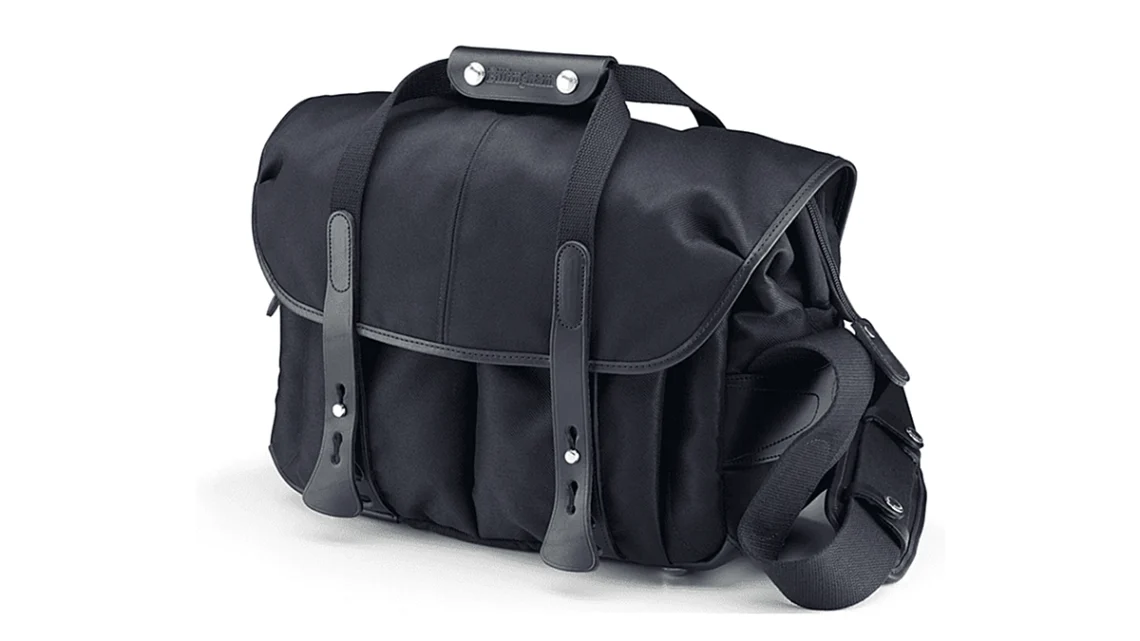
Billingham 307 camera bag review
This was one of the most popular reviews from the old site, and so I've decided to re-publish it here with up-to-date links for those trying to buy - thank you for your continued support.
Introduction to the Billingham 307
Billingham camera bags need little introduction, they've been the choice of professional photographers since the mid-'70s and the Billingham 307 typifies all that's great about them. There have been one or two imitators, most notably the well-regarded Classic range from the sadly defunct CCS (Camera Care Systems) and the hand-made range of bags from FOGG; probably the closest in terms of quality and materials, if not in design (FOGG were always pretty radical). But few have stayed the course the way Billingham has.
Most know Billingham for the huge pro-oriente

